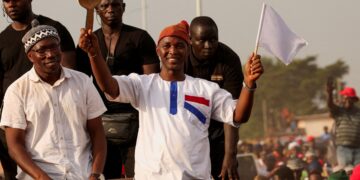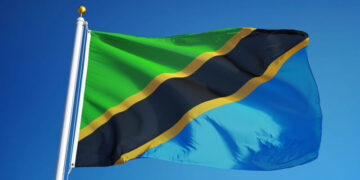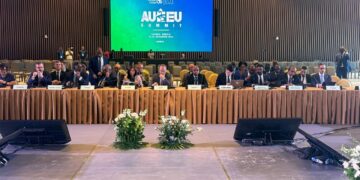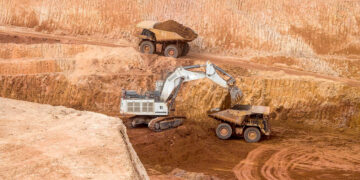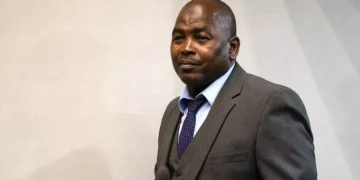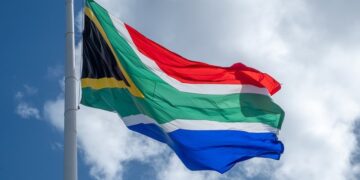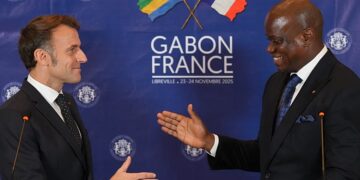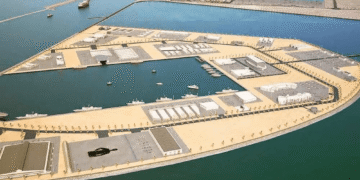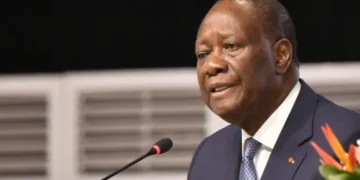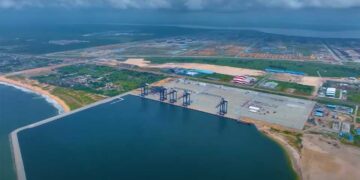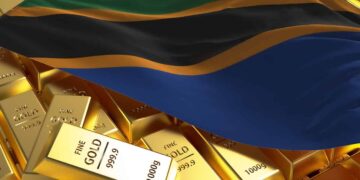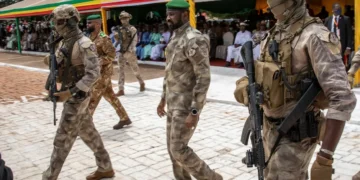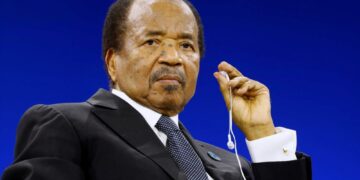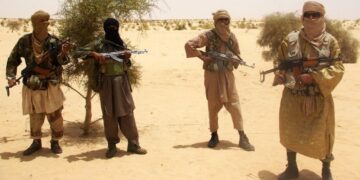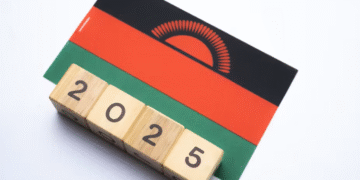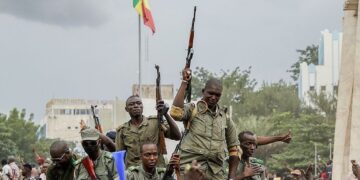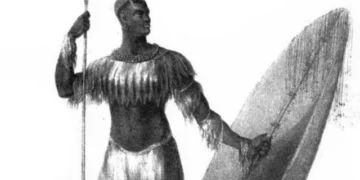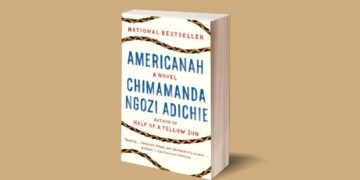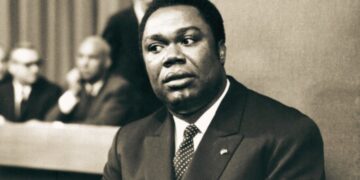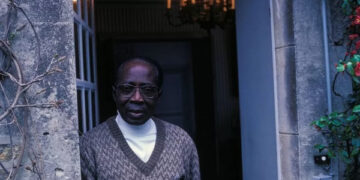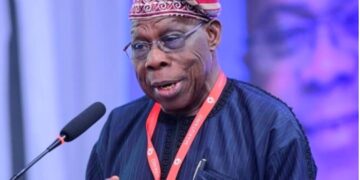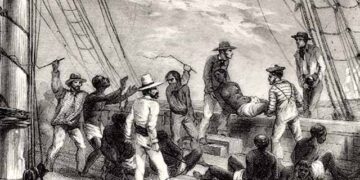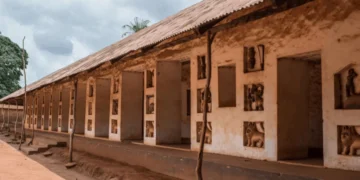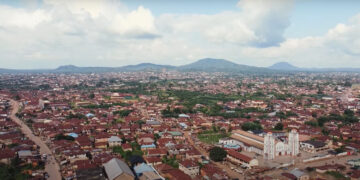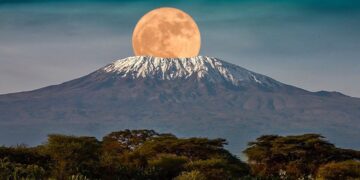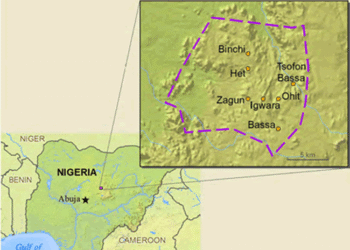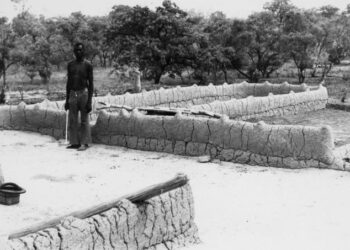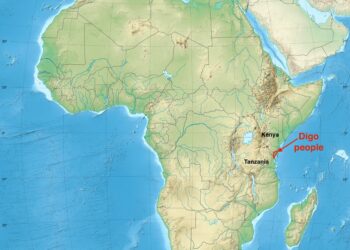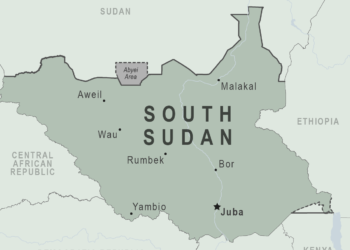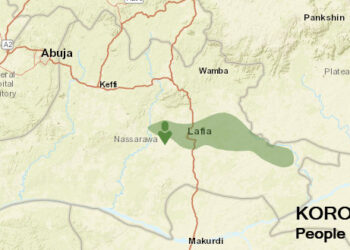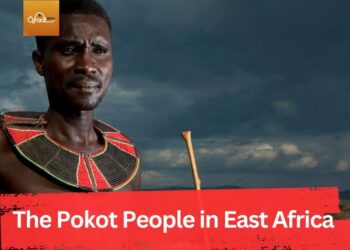The Denya are a small ethnic group who reside in the forests of the Akwaya and Mamfe Central Subdivisions of Manyu Prefecture in Cameroon’s Southwest Province. Although they normally call themselves Anyang, while neighboring tribes such as Banyangi call them Mekende. They are considered to be part of the Bantu, Cameroon-Bamileke people cluster in the Sub-Saharan African affinity bloc.
The Anyang people reside in the rain forest of southwestern Cameroon, around 400 feet above sea level. Most of them dwell near the Mamyu River and Mamfe Town, then westward to the Nigerian border. They can also be found across the border in eastern Nigeria.
The Denyam language is categorized into several dialects, such as Takamanda, Bitieku, Basho, and Kendem. Takamanda and Basho are named for settlements located in the heart of their respective dialect communities. The other two, Bitieku and Bajwa, get their names from the clans that speak them.
The Anyang people mostly reside in mud brick dwellings with thatch roofs, and their traditional diets include Eru, a green vegetable that grows wild in the rain forest, and mango seeds, which they use to produce a marketable soup. They live near the Nigerian border and conduct regular business with them as well as other groups in the area, including the Ejagham and Kenyam.
They speak a language known as Denyam (or Denyang). The language is spoken by five main clans: Ayang, Baku, Betieku, Bantah, and Awanchi. Also, the vast majority speak both their native language and Kenyang.
According to research by Tanyi Eyong Mbuagbaw, the spread of the Kenyang and Ejagham languages among the Denya people is due to a lack of motorable roads in Akwaya Subdivision. Instead of journeying large distances to Akwaya, the Anyangs choose to visit Mamfe for commercial, medical, and administrative purposes, which has introduced them to Kenyang (Mamfe’s language) and Ejagham.


